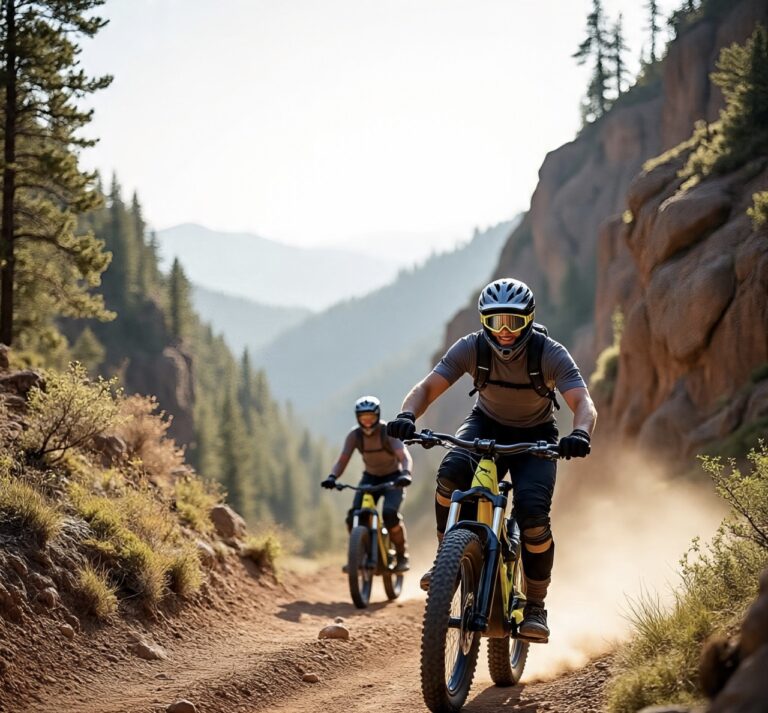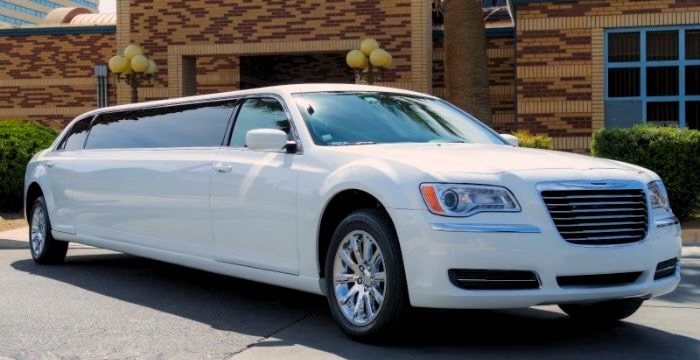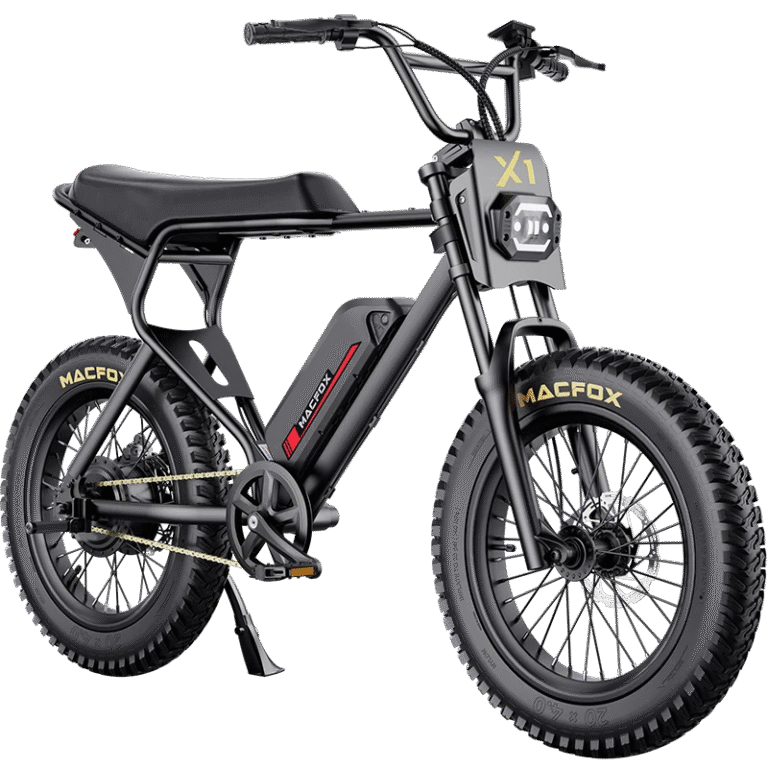Moped & ATV Adventure Guide: 3 Essential Off-Road Tips
Ready for an outdoor adventure? Master moped and ATV riding with our essential tips on safety gear, permits & finding the best trails. Start your off-road journey!
Few feelings match leaving the asphalt, smelling fresh pine, and hearing gravel crunch beneath your tires. Mopeds and all-terrain vehicles (ATVs) give newcomers a confidence-building way to reach campsites, lakes, and overlooks that ordinary cars cannot.
However, exploring these areas comes with unique responsibilities, as rural roadways can present unexpected hazards.
According to the U.S. Department of Transportation, rural roads accounted for 43 percent of all roadway deaths from 2017 to 2021, highlighting the need for caution. This guide walks you through everything a beginner needs to know to ride legally, safely, and responsibly.
You will learn why these compact machines are perfect for exploring nature, how to choose a model, what gear to wear, and how to plan your routes.
Why Choose a Moped or ATV for Outdoor Exploration?
Mopeds and ATVs are smaller and lighter than trucks or Jeeps, letting you thread through tight switchbacks and low-hanging branches. A capable starter ATV or trail-ready scooter often costs a fraction of a 4×4’s price, with lower insurance and fuel bills. This makes these rides ideal for students or budget-minded families.
Mopeds can achieve 80 to 100 miles per gallon, while modern ATVs can easily cover a weekend of riding on a single tank.
Many riders begin with pavement commutes, then branch onto fire roads and woodland loops without needing a second vehicle. Other options exist, but beginners often find the seated stability of an ATV or the twist-and-go simplicity of a scooter easier to master.
|
Key Insight: Mopeds and ATVs offer an affordable, agile entry into outdoor adventure, accessing trails larger 4x4s can’t. Their simplicity and low cost make them the perfect starting point for new riders exploring beyond the pavement. |
Off-Road Vehicle Basics Every Beginner Should Know
What Counts as an Off-Road Vehicle?
Off-highway vehicles (OHVs) include ATVs, utility task vehicles (UTVs), dirt bikes, and trail-rated mopeds. Street-legal mopeds become OHVs the moment you ride them on unpaved public land that requires an OHV permit.
Key Differences: Mopeds vs ATVs vs Larger 4x4s
|
Feature |
Moped |
ATV |
4×4 Truck |
|
Wheels |
2 (sometimes 3) |
4 |
4 |
|
Weight |
150–250 lb |
350–700 lb |
4,000 lb+ |
|
Typical Engine |
49–150 cc |
110–300 cc |
2,500 cc+ |
|
Learning Curve |
Very easy |
Easy |
Moderate |
|
Terrain Limit |
Gravel roads, light trails |
Intermediate trails, mud, sand |
Wide trails, rock gardens |
Most Popular Starter Models
Beginners often gravitate toward vehicles known for reliability and ease of use, like 125 cc youth-friendly ATVs with automatic gearboxes or 150–250 cc utility ATVs.
For riders seeking simplicity, an adventure-style moped from NTX Power Sports offers a blend of on-road and off-road capability. Its rugged tires and cargo capacity make it comfortable on both city streets and gravel forest lanes.
Getting Legal: Licensing, Permits, and Local Regulations
Typical ATV Permit Requirements by State or Province
Most US states ask for an OHV sticker that funds trail maintenance, which you can purchase annually at a state park office or online. Some states also require a safety certificate for riders under 18. Always check your local regulations before heading out.
Where Mopeds Can and Cannot Go Off-Road
Paved streets are usually fair game with a standard moped registration, but off-road rules vary by land agency. The US Forest Service (USFS) and Bureau of Land Management (BLM) each publish a Motor Vehicle Use Map (MVUM) showing legal routes. Riding off the designated map can bring hefty fines and possible vehicle impoundment, so planning is essential.
|
Important: Never assume you can ride anywhere. Always verify local regulations using official Motor Vehicle Use Maps (MVUMs). Riding off-trail can lead to hefty fines, vehicle impoundment, and damage to sensitive ecosystems. |
Gear Up: Safety Equipment and Pre-Ride Checks
Riding off-road is thrilling, but it carries inherent risks that require proper preparation. The U.S. Consumer Product Safety Commission (CPSC) reported that ATVs were associated with over two-thirds of the 2,448 OHV-related deaths from 2018 to 2020. Investing in the right safety equipment is the most important step you can take.
Essential Protective Gear
Basic Maintenance Checklist Before Every Ride
|
Pro Tip: Your most important piece of gear is a DOT-approved helmet. Never compromise on safety. Proper protective equipment, from gloves to boots, is a non-negotiable investment in preventing serious injury on the trail. |
Planning the Perfect Route
Finding Multi-Use Trail Systems and OHV Parks
State parks’ websites often list designated OHV areas and width restrictions. You can also find valuable information from local riding clubs that post GPS tracks on social media or forums. Crowd-sourced sites such as Trailforks and RiderPlanet update trail status after storms.
Reading Trail Ratings and Weather Forecasts
Green trails suit beginners with gravel and gentle climbs, while blue trails add ruts or water crossings. Black diamond routes demand advanced skills and specialized equipment.
Always cross-check NOAA weather for sudden rain that can flood low crossings and make trails treacherous.
Trail Etiquette and Environmental Stewardship
Tread Lightly Principles Made Simple
The Tread Lightly principles provide a simple framework for responsible riding. This means traveling only on designated routes and respecting the rights of others you meet on the trail.
It also involves educating yourself on local rules and doing your part by packing out everything you pack in.
Sharing the Trail with Others
When you meet non-motorized users like hikers or horseback riders, slow to a walking speed to minimize dust and noise. If horseback riders signal distress, pull over and shut off your engine until they pass safely. On narrow trails, always yield to any traffic that is traveling uphill.
Riding Tips for First-Timers
Starting and Stopping on Loose Surfaces
To start smoothly, keep your toes on the footpegs and apply gentle throttle while easing off the brake. When stopping on dirt or gravel, use the rear brake first, then lightly add the front. This technique prevents the front wheel from locking up and washing out from under you.
Cornering and Body Position Basics
Proper body position is key to maintaining control. On a moped, lean your upper body into the turn and shift your weight to the inside handlebar. On an ATV, keep your spine upright and slide your hips toward the inside fender so the machine’s center of gravity stays low and stable.
|
Key Insight: Mastering body position is crucial. Lean into turns on a moped, but on an ATV, keep your spine upright and shift your hips. This simple technique dramatically improves stability and control on uneven terrain. |
Where to Find Your Next Ride
Rent or Buy: Pros and Cons
|
Option |
Pros |
Cons |
|
Rent |
Low upfront cost, try multiple models, no storage worries |
Daily fee adds up, limited availability on holidays |
|
Buy New |
Warranty, latest tech, pride of ownership |
Higher purchase price |
|
Buy Used |
Cheaper, plenty of aftermarket parts |
Unknown maintenance history, no warranty |
Time to Act
Adventure waits just beyond the pavement, and this guide has given you the roadmap to start exploring safely. The key is to prepare properly and approach every ride with a safety-first mindset. Following these steps will ensure your first off-road experience is both thrilling and responsible.
Whether you rent first or drive home with a garage-ready machine, the wilderness is closer than you think. Grab your helmet, fill the tank, and trade city lights for starlit skies on your very first off-road ride. The memories you make on the trail will last a lifetime.






